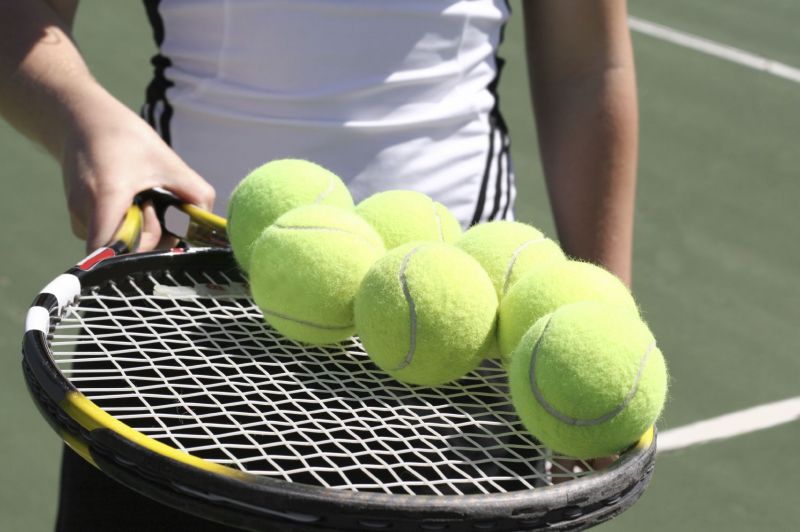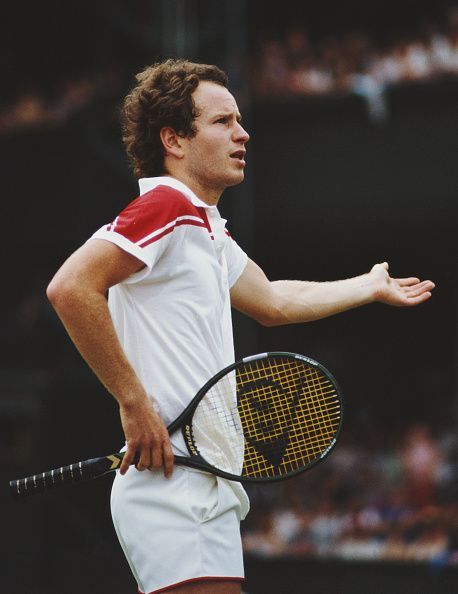How tennis players can benefit from technology

Technology started as an enabler in our daily lives, then shifted to being an intruder and now it is termed an invader. And technological advances haven’t spared the world of sport or its athletes either.
On July 14th, we witnessed a double spectacle like never before at two holy sporting arenas that are a few kilometres apart – Lord’s and Wimbledon. The margins in modern sport have shifted to a game of millimeters, and no referee or linesman in either of these high-voltage matches would have wanted to be in that zone to separate the winners from the losers.
The climax of a sporting event played by humans now rides on a digital lottery, so to speak. Terabytes of past data are combined with the live moment in contention to predict where the ball would precisely land. With matters becoming increasingly difficult for the human eye to sense and process in real-time, the only fallback option is on technology to bail us out.
Referees, racquets and replays
Imagine this scenario. John McEnroe hits a forehand that lands on the baseline but the umpire calls it out. Now, McEnroe plays it cool by ignoring the error made by the linesman and challenges the call using Hawk-eye.
Not a word is spoken, and the point goes in his favor after the review is analyzed by a technology team within 10 seconds. McEnroe gets ready to play the next point.

What wouldn’t the American trade from his past to experience such a peaceful moment on a dubious line call? It’s a different matter that McEnroe titled his popular autobiography ‘You can’t be serious’, a line he often chose to vent his frustration at an umpire’s call.
If we take a step back, the trigger for the current scenario may have been the advancement in tennis racquet technology. The evolution from wooden racquets to carbon-graphite coupled with synthetic strings let players pound a tennis ball like never before.
And when this techno tennis racquet is given to next-gen players who are stronger, taller and super athletic, the multiplier effect is staggering.
Without a high-definition video replay, it becomes virtually impossible for tennis officials to judge a close line call. Wimbledon slowed down the grass surface and made the balls heavier a few years ago to balance out things, but that didn’t help much in applying the brakes on this modern version of the game.
Data capture turns into intelligence
Fitbits, smart wristbands, heart-rate monitors and several other devices can now capture every single move of an athlete on and off the field. The question is how to create relevance from this mega capture to give the athlete that 1% edge he or she may require to win a close contest.
“Every sport has moved to a different level in the past decade. What started as the technology used primarily to double-check umpiring decisions has now permeated to coaches, players, broadcasters and fans,” says Gaurav Sundararaman, a sports analyst. When Wimbledon roped in IBM 30 years ago to build a website, it was primarily to archive scores. Now, IBM uses Artificial Intelligence to automatically capture videos of every single match, thereby racking up 20 million video views for instant consumption to everyone while the match is ongoing.
From the available rich data, interesting patterns start to emerge, which can become critical pieces of information to players and coaches. For example, let us say a data point shows that at the 30-40 juncture in a game Rafael Nadal has a 90% probability of serving to the opponent’s backhand. Armed with this information before the game, an opponent can plan a forehand instead if that happens to be his stronger wing.
Also, visualizing such patterns and inserting them into practice routines makes it easier to arrive at tactical decisions on the court.
Embrace technology early
Integrating relevant pieces of technology slowly but surely right from the grassroots stage is a better way to go about this.
“At an early stage, a coach can use technology to improve a player’s training and accelerate their progress. As they begin to play competitions, the match data captured can be turned into training insights to further improve the technical and tactical aspects as part of their continuous improvement,” says Harsh Mankad, a former India No. 1 singles player and founder of a tennis player development platform called Tenicity in the US.
In the initial years, tracking progress can be useful for coaches to gauge how the trainees are faring, while also providing a transparent medium for parents to understand and communicate.
“If coaches can create a learning platform by leveraging technology, it can break the barriers for talented players emerging from Tier-2 and Tier-3 towns where certified coaches may not be available,” adds Sundararaman. It is amply clear that technology by itself does not provide a direct solution. But if data can be processed in a meaningful manner, then the entire ecosystem can benefit immensely. And to do this, a human may still be the best bridge!
